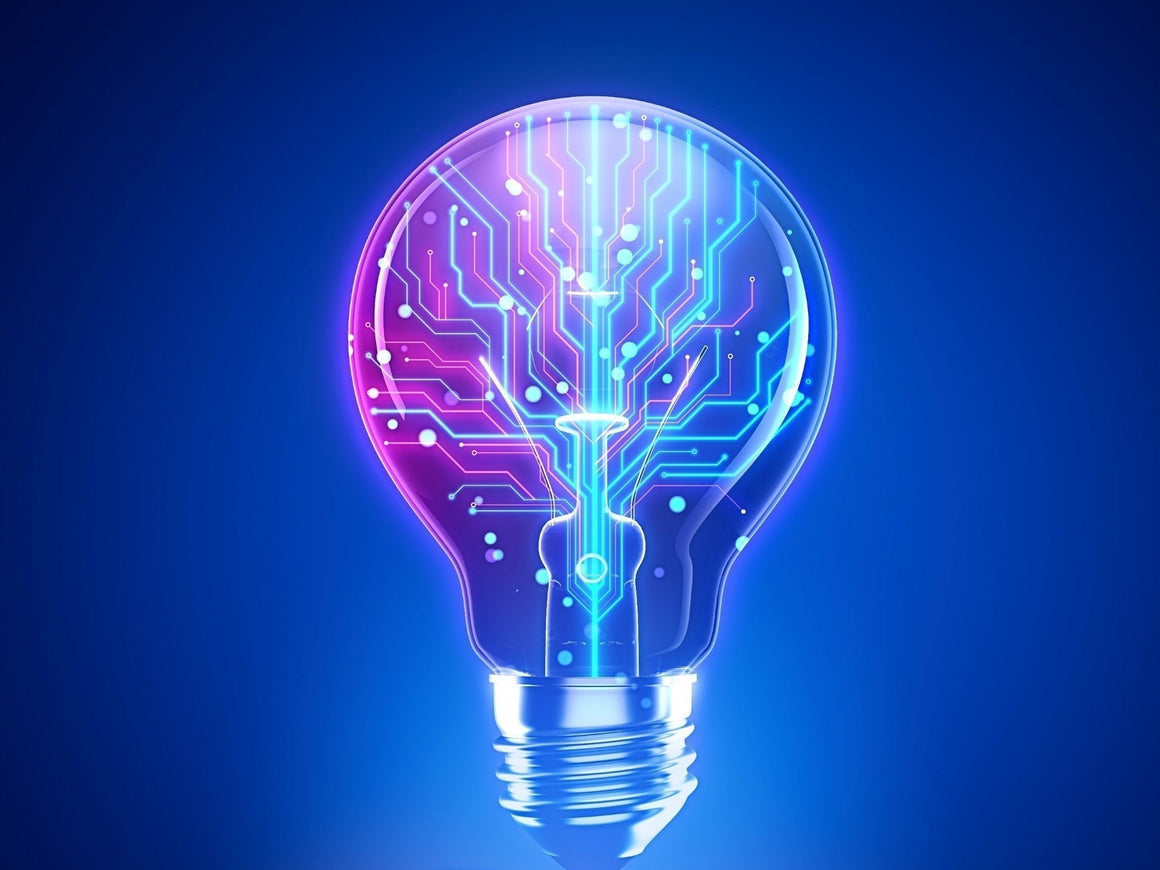Uncovering Industrial Machine Vision with Deep Learning and Industrial Cameras
Industrial machine vision is changing fast, and deep learning is leading the way. Deep Learning software offers powerful, reliable AI-based image analysis for factories and production lines worldwide. When combined with VA Imaging’s high-quality industrial cameras, Deep Learning helps solve tough inspection and classification problems that traditional vision systems can’t handle.

Table of contents
What is Deep Learning?
Deep Learning - a set of easy-to-use, hardware-independent software tools that let you build custom machine vision applications quickly.
Unlike old vision systems that use fixed rules, Deep Learning uses large neural networks designed specifically for industrial inspections. This makes it great at spotting tricky issues like cracks on solar panels, sorting mixed nuts, or checking if sushi boxes are packed correctly.
How does Deep Learning work?
Deep learning works like the human brain, using layers of artificial neural networks. Deep Learning mainly uses Convolutional Neural Networks (CNNs) to classify images, find objects, and segment parts.
Here’s a simple explanation:
Convolutional layers scan images to find simple features like edges or textures.
Deeper layers combine these features to spot more complex patterns like defects or product types.
Pooling layers reduce the data size while keeping important information, making processing faster.
Fully connected layers then decide what the image shows - like classifying objects or detecting errors.
The system learns by studying many labeled images, improving itself to get better over time. This makes it excellent for inspecting objects that vary in shape or have vague details, where traditional methods often fail.
Key Features of Deep Learning
- Learning from just 20 to 50 sample images and creates thousands of variations to train on.
- Uses GPU power for fast training; runs on CPU or GPU for production.
- Includes tools for feature and anomaly detection, advanced OCR, classification, segmentation, and point location.
- Allows easy retraining by factory workers without expert help.
- It comes with ready-to-use image analysis filters that work on any hardware.
Overview of Deep Learning Tools
Where Can You Use Deep Learning?
Deep Learning works well in many industries:
- Inspecting surfaces like solar panels, wood, or textiles for cracks and scratches.
- Sorting and classifying food products like nuts.
- Medical and healthcare imaging.
- Checking packaging quality for items like sushi boxes or molded parts.
- Sorting batteries for recycling.
- Guiding robots for precise pick-and-place tasks.
Pairing Deep Learning with VA Imaging cameras gives you a powerful, reliable setup. VA Imaging’s cameras deliver sharp images, industrial-grade connectivity, and rugged designs to suit any factory environment.
Explore Real-World applications of VA Imaging and Deep Learning to understand the vast potential of industrial machine vision, visit our blog dedicated to Machine Vision Applications & Solutions, where we highlight real-world examples of how VA Imaging products are revolutionizing industries. From enhancing packaging inspections and testing electronic components to advancing biomedical research and AI-driven systems.
Why Use VA Imaging Cameras with Deep Learning?
Our industrial cameras are built for tough machine vision jobs:
- High resolution and fast frame rates for clear, detailed images.
- Different sensor options, including colour and monochrome.
- Reliable industrial connections like GigE camera and a USB3 camera.
- Compact and rugged design perfect for factory floors.
Together, they help build complete vision systems that find defects, classify products, and read complex codes quickly and accurately.
How to Train Deep Learning
Getting started is easy:
- Gather 20 to 50 labeled images showing good and bad samples.
- Import them into the Application and pick the right deep learning tool.
- Train the neural network, which automatically splits data into training and validation sets.
- Test the model and fine-tune as needed for the best results.
Training usually takes 5–15 minutes on a modern GPU.
Conclusion Industrial Machine Vision with Deep Learning
Deep Learning is changing industrial image analysis by solving problems traditional vision can’t handle. Combined with VA Imaging’s top-quality cameras, it offers a ready-to-use solution for OEMs, integrators, and manufacturers who want to automate tough inspection, classification, and OCR tasks.
If you have questions about how Deep Learning and VA Imaging cameras can enhance your machine vision projects, don’t hesitate to reach out. Fill in our contact form for personalized assistance, and our experts will be happy to help you take your applications to the next level.
Learn more about how Deep Learning and VA Imaging cameras can improve your machine vision projects at zebra.com/aurora-for-oem and va-imaging.com.
















































